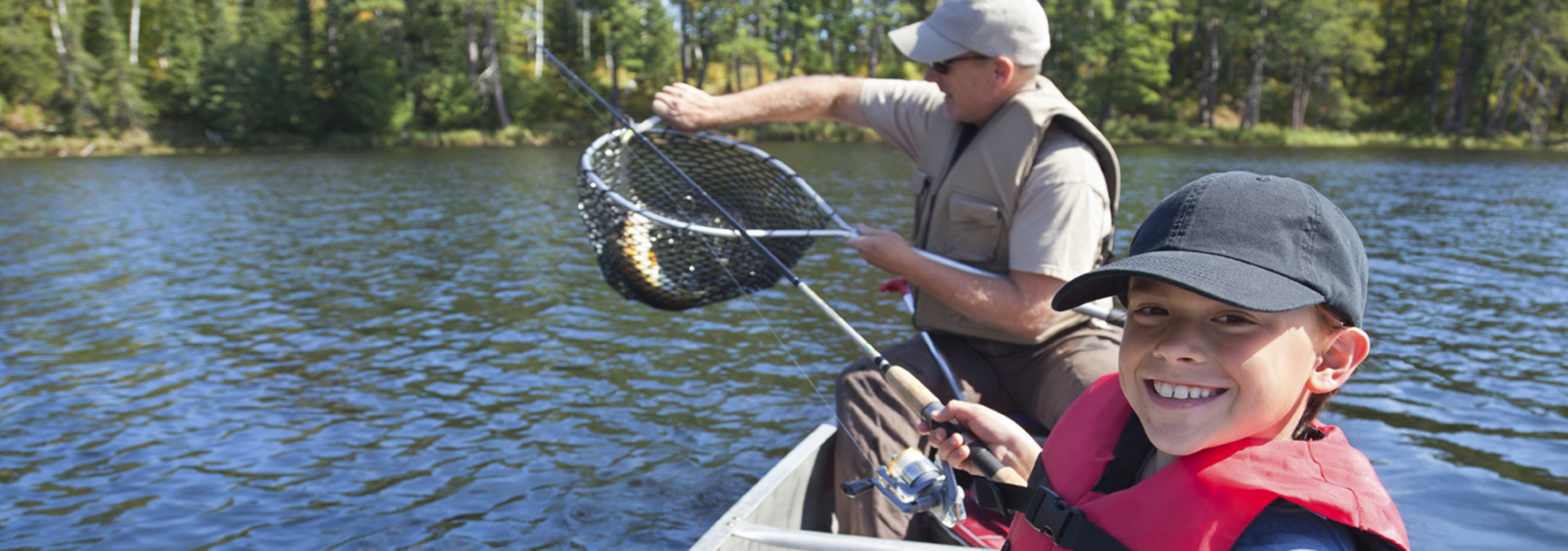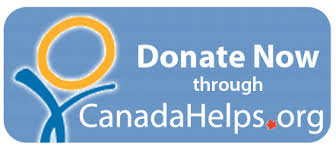Be a Steward of Your Favorite Fishing Hole

TOP TEN TIPS:
- Use the right strength tackles so returned fish aren’t overly tired
- Don’t over harvest and don’t keep the larger breeders
- Be careful fueling engines to avoid polluting water.
- Recycle old fishing line so it doesn’t tangle and kill wildlife
- Clean-up shoreline waste and garbage.
- Take measures to stop Nitrates or Phosphates from entering the water
- Minimize time fish spend out of the water, and avoid removing a fish’s protective slime.
- Use barbless or non-offset circle hooks, and environmentally safe artificial baits.
- Be careful not to transport invasive fish and plants, or to spread disease
- Support fish health research by reporting tagged fish
Algae Blooms:
Nitrates and phosphates added to the water can lead to excessive growth of algae and algal blooms. Decomposing algae causes oxygen depletion and fish kills. Avoid using fertilizers mid-summer or when the ground is frozen. Maintain a natural buffer zone between your lawn and the shoreline. Have your septic system inspected annually.
Invasive fish and Disease:
Don’t Dump your Minnows. Invasive species of baitfish can overwhelm native fish species, or can spread disease. Purchase bait from dealers selling certified disease-free bait. Dump unused bait on dry land. Use baitfish only in waters where their use is permitted
Invasive Plants:
Invasive plants can often outgrow, replace, and destroy native plants. Be sure to remove seeds and plant matter from boots, waders and gear. Clean your boat and trailer thoroughly before transporting it to another body of water. Verify that any plant you buy is not invasive. Don’t release aquarium fish or plants into the wild.
Trash:
Pack it in, pack it out. Don’t leave used fishing line behind as it can tangle and kill wildlife. If you see garbage, clean it up.
Oil and Gas:
Keep engines and containers in good working condition and be careful when transferring new or used oil or gas. Have sorbent materials available should a spill occur. Label all containers appropriately.
Tackle:
A lip hooked fish stands a better chance of survival. Using single, barbless hooks or circle hooks are easier on fish. Non-lead weights or jigs are better for the environment, as are biodegradable soft plastic baits. Needle-nose plyers and hook cutters are essential.
Playing Your Fish:
Fighting a fish to exhaustion will decrease its chance of surviving. Use properly sized tackle to land fish quickly. Revive your fish in the water after being unhooked. When water temperatures are high, avoid exposing fish to air.
Photographing Fish:
Be ready. Have your camera handy and accessible before you land your fish. Keep your fish in the water and only lift it out when ready to take the photograph.
Handling Fish:
Wet your net before netting your fish, and always handle fish with wet hands. Don’t lay fish on carpet or grass and try not to let your clothing wipe important slime from the fish’s body leaving it open to infection. Fish that flop about on streamside rocks or the bottom of a boat harm themselves and expend undue energy. Keep a fish’s head in the water during the hook removal process. Never grab a fish by the eyes or gills. Avoid squeezing fish around the belly or hanging fish vertically as this can damage internal organs. Fish that seem unlikely to survive should be harvested.
Selective Harvesting:
Harvest fish from populations that can support a reduction in their numbers, from ecosystems that are thriving, and in sizes that ensure larger breeders carry on. Removing small numbers of mid-sized fish can ensure the remaining fish have sufficient food to reach full size.
Fish Research:
Anglers who report recaptures of tagged fish provide data that is vital to determining fish health. Report tagged fish including where and when the fish was caught, the tag number, and the size and weight of the fish. Return tagged fish to the water so the research might continue.
Regulations and Conservation:
Purchase your fishing license yearly so data on numbers of fishers can be collected, and to support fish research and conservation. Go on line and know the fishing regulations for the species of fish and area your fishing. Verify whether the fish you plan to harvest are safe to eat and in what amount. Finally, report toxic spills, fish kill-offs, and the illegal behaviours of others.
Thanks:
This Guide was made possible with the generous support of Oziles Marina, the Petrie Island Fishermen’s Association, and the Canadian National Sportsman Show.
 Blue Fish Canada/Poisson Bleu Canada
Blue Fish Canada/Poisson Bleu Canada
